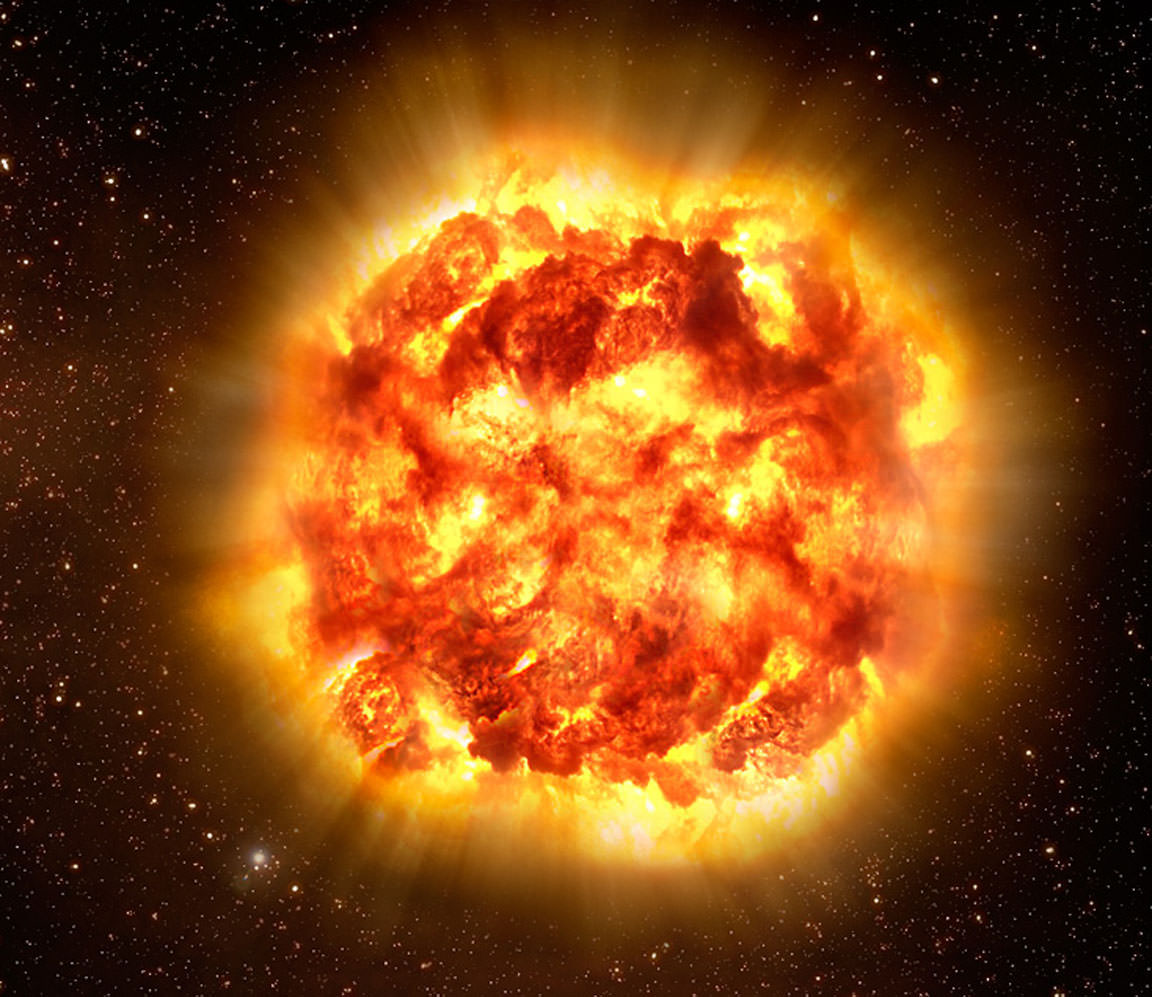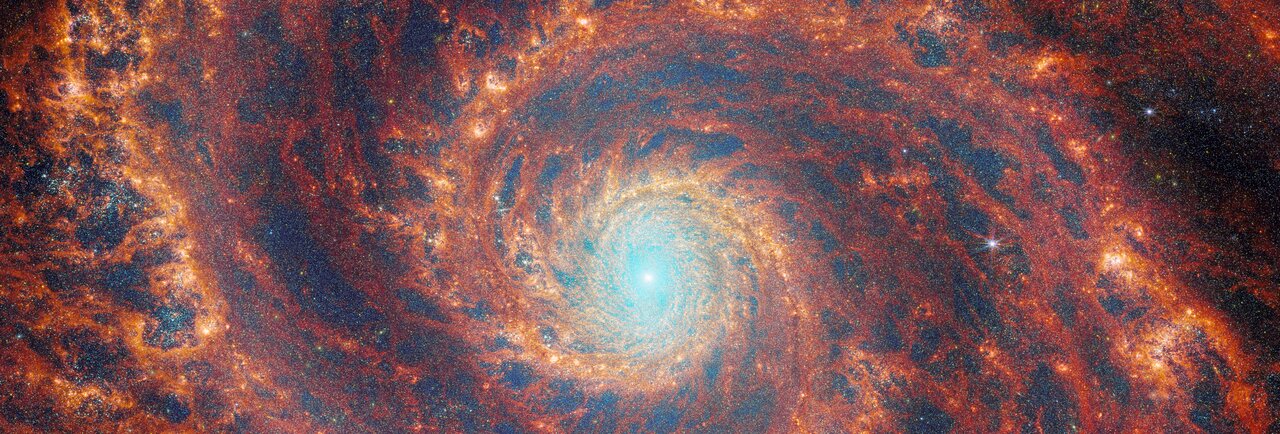Studying the history of science shows how often serendipity plays a role in some of the most important discoveries. Sometimes, the stories are apocryphal, like Newton getting hit on the head with an apple. But sometimes, there’s an element of truth to them. That was the case for a new discovery of the oldest pair of merging quasars ever discovered – and it all started with a pair of red blots on a picture.
Continue reading “The Earliest Merging Quasars Ever Seen”The Earliest Merging Quasars Ever Seen










